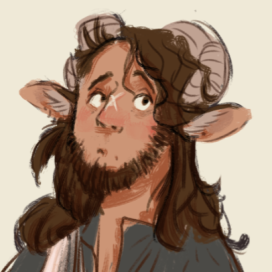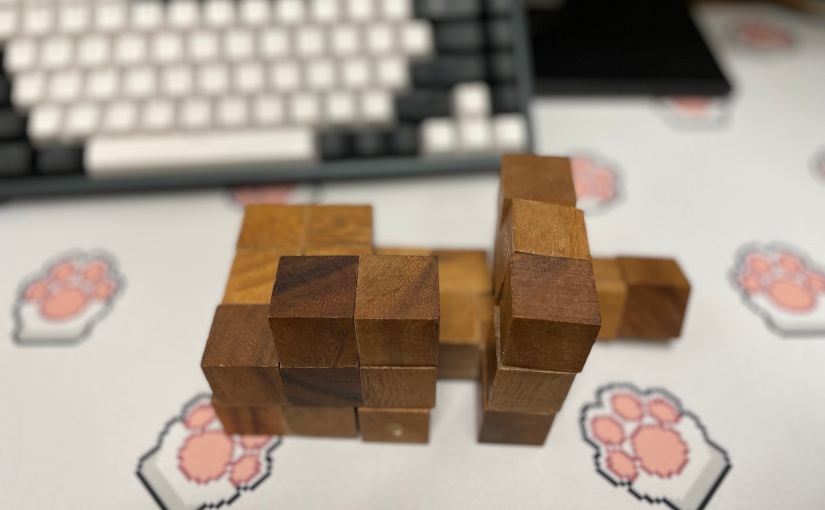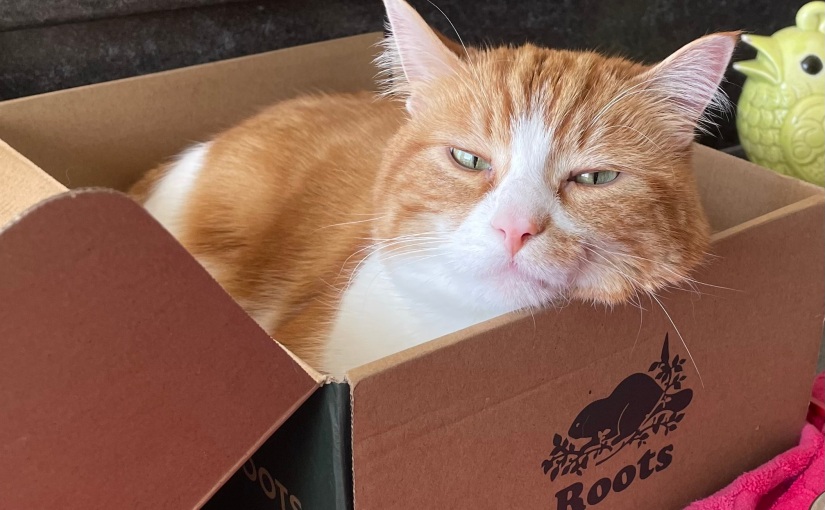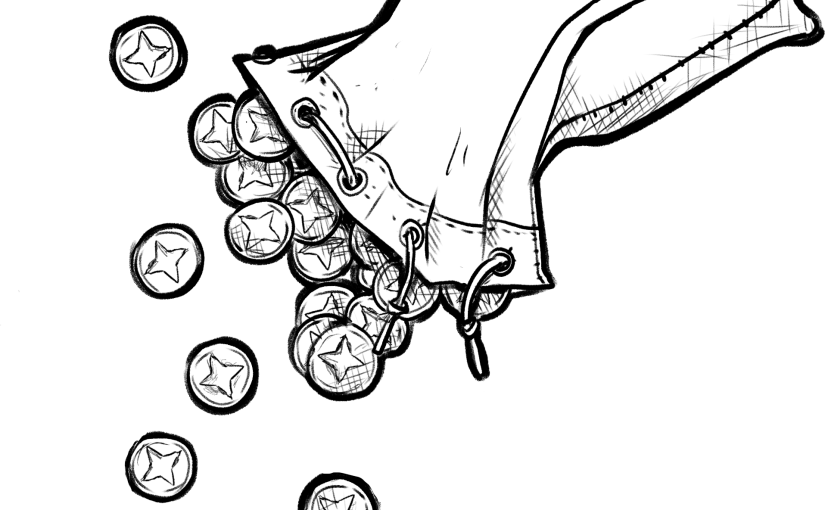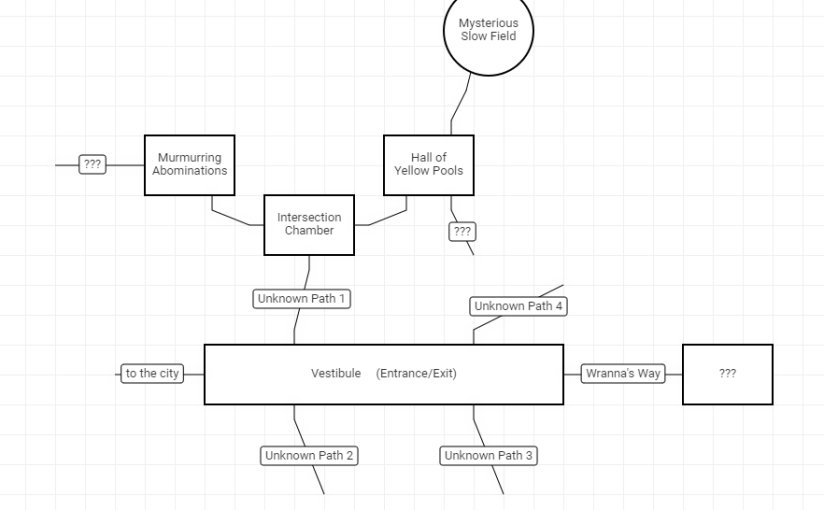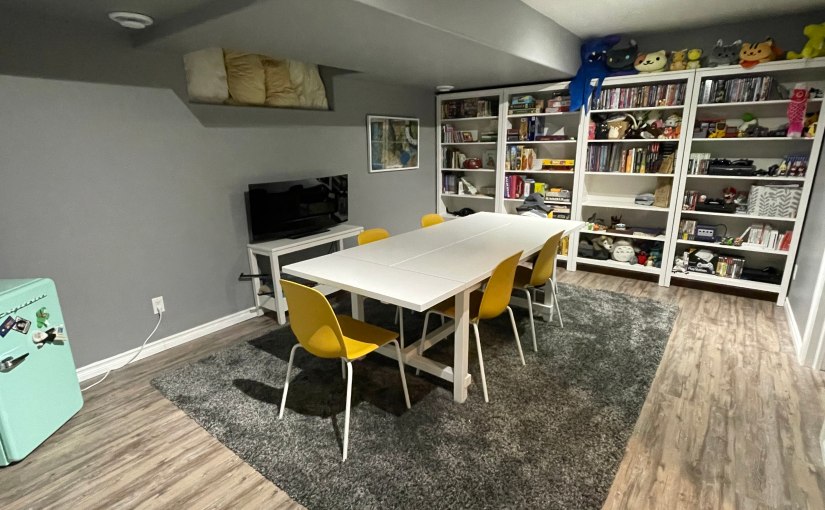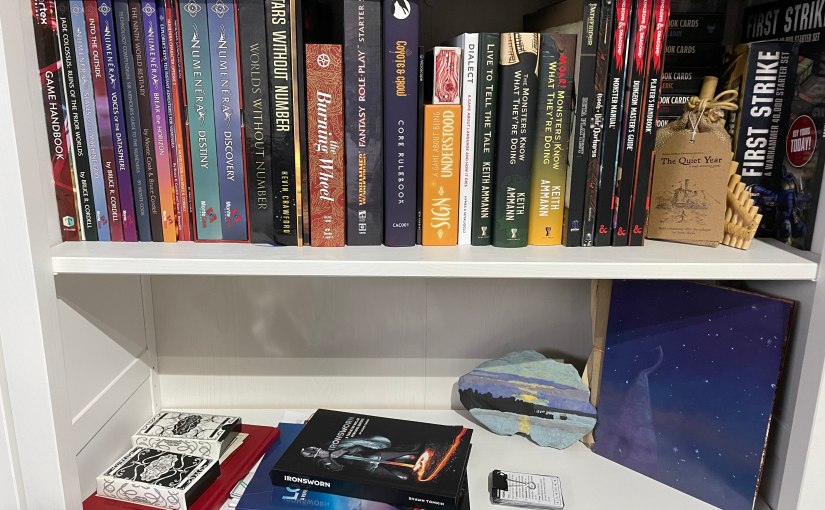No session last week, so the last session was two weeks ago (as one player was going to be absent, one was unwell, and I had an event I wanted to attend anyway), but we did run this Monday (I’m just a smidge late getting the summary up). Since I’m a little late in doing the write-up, this may be missing a few finer details but I think I’ve got most of it down. Content warnings for today: None! Uh, there’s a lot of dancing?
The group arrives on planet Halfdis (still in the same system), which consists primarily of poor refugees; listening in on the radio advising them of a cultural archaeological festival happening. They also hear about some recovered footage of ’employees’ being the prime suspects of the casino heists, and some blurry photographs are on the net (the party doesn’t actually look these up). Blanche (whose player is absent for this session) is exhausted from the long rushed flight and remains on the ship. The rest of the group (Pillboi, Hermes, and Caitlin) are quickly pushed in from the starport next to the festival location, and as they chatter about their plans, head into the festival area. They somehow don’t think to check the guest list for the missing woman, Corinne, despite being asked for their IDs on entry (oof) and when they arrive, look around for anyone who works for the Ragni (space mafia faction, if you recall, who supposedly kidnapped Corinne). They follow a few patrols, which I hastily decide are on a loop from the food area (hosted by Cat’s Cradle Courier company and where they have a mini docking area for the courier ships – one of which belongs to the group that raided the casino and working the festival is their current cover) and poke around.
Not much happens here – they order some food (a recurring theme, I’ll have to make up some interesting local dishes for future planets), but they do spot a suspicious ‘familiar’ figure (Omen, the cat Blanche hit over the head at the casino, though the players don’t remember him) out wandering in the closed-off courier ship dock, but choose not to pursue; instead wandering over to the giant green spire in the centre of the city after being offered a few flyers by a passing Jade Spire Protector (who seek to leave the archaeological finds of the planet alone) insisting they take action against the Heritors (who want to remove the objects, study them, and display them to the public). The group does a cute little museum tour, but sees no sign of the Ragni. A tempting poster offer looking for ‘adventurers/excavators to brave the ruin’ almost lures them away from their target, but Caitlin’s resolve in finding Corinne is firm and they head back to the food stalls area.
At this point, I figure they need some action, so I immediately pull in the grand dance competition, of which preparations had begun while the party was away. The crowd had been given pointy green cone-hats showing off their planet spirit, and all of them were jumping up and down to reach the skies and swaying to the music. Corinne (the ‘missing’ woman), conveniently, is visible up by the stage, signing up for entry. The party, of course, decides that all three of them will enter the dance competition. I then proceed to do a fun minigame dance competition, which might have stretched on just a smidge too long – next time I’ll reduce it to two rounds each, where they score points based on the number of successes gained during their performance opposed to the other. Each dancer takes a turn and picks a level of difficulty – an easy move (roll a 6 or higher), a moderately difficult move (roll a 10 or higher), or an expert fanciful move (get a 12 or higher), and scores one, two, or three points respectively if they succeed. They score 0 points if they fail. Each 1 vs 1 has three rounds, so everyone got to pick three turns. I loved running this, honestly, I think I did a pretty good job with the announcer and the group got to narrate their successful and failed dance moves as they saw fit (they were only as foolish-looking as they wanted to be).
While Hermes and Pillboi were on stage, dancing up a storm, Catilin scuffled over to Corinne and made conversation. Caitlin heard of Corinne’s current career as a ‘World of Final Fantasy 342’ illicit gold-miner, but did not believe Corinne for a second that she was “just here on vacation”, and knew something was up. Pillboi, losing to Hermes in the second round, returned just as Corinne was called up on stage to face against Hermes, the undefeated winner so far. Midway through their dance battle, however, Corrine’s compad beeped, and she hastily left the stage mid-fight. Catilin was called up next, turned to Pillboi and said “you better not let that girl out of your sight”, and strutted on stage while Pillboi dashed after her.
Pillboi tried to get her attention, but Corinne blew him off, so he kept his distance and managed to follow her to the courier port, where the two hopped the fence and Corinne knocked on one of the starship’s doors. Sliding underneath the belly of the small ship, and listening in, Pillboi overheard Corinne being given a package (the stolen credit chips from the casino) and her instructions of not opening it, not telling anyone about it, or else it would result in her death. “And that’s not my threat, that’s my boss’s threat”, one of the crew (Omen) said. Pillboi stayed under the ship and listened in on their conversation a bit longer, learning that one of them was named Taz, before snapping a sneaky photo of the interior (the back of Omen’s head, and a straight-on photo of Taz, the ship’s engineer/programmer), before sneaking back to meet up with the group.
Meanwhile, the dance competition was culminating in one final match: Caitlin versus Hermes. Catilin got a huge lead as she’s a performer at heart, and was incredibly successful, so the only way for Hermes to tie with her was to complete an expert-level move…
…Except Hermes physically cannot roll more than an 11 based on his negative modifiers. Knowing this, Hermes’ player lets the table know that his character is going to attempt the splits, and, upon obviously failing, narrates how his character’s pants rip on stage, exposing his ass to the world. A glorious way to go out. Caitlin takes the (literal) crown – the reward being 500 credits and a giant eight-foot-tall golden cone-shaped hat, which she wears throughout the rest of the session.
Back to the actually-important-bit, the crew aren’t sure what to do next with this information. They decide to check Corinne’s dataslab which they brought with them, given by her sister) and check for any information on hotels or inns Corinne might have been staying. I accidentally fucked up the timing here, but the group didn’t notice, but anyway they did find out the location of her hotel. They hung around the festival for a bit, watched some jousting and wrestling competitions, and then made their plans to sneak into the hotel at night.
Since the group had the reservation listed on the dataslab, Caitlin posed as Corinne and got a spare key card from the front desk, and then headed up to Corinne’s room, where they confronted her regarding the situation. Corinne came clean (she’s not very smart socially, and easily coerced) to the group and they offered to help her. They told her to proceed as normal, and get on the outgoing flight as per her instructions, and they would meet her at the starport on Shan and, after dropping off the package, would help her and her sister find safety. They offered a touching video call with Sheila, and the two sisters reconciled their differences over the phone. The party then gave Corinne the new key to her hotel room (Corinne was very confused why they had a key to her hotel room) and bid her goodnight.
Then the three of them stood in the hallway, argued about how stupid that was, how they could lose her, and then knocked on the door again and told Corinne to actually just fly with them instead of going to the meeting place alone. Corinne, who had gone to bed, was sort of irritated and even more confused but agreed because it was pretty late, and the four of them decided to meet at their ship tomorrow morning.
The session was fun. It was the first time I had to do multiple “two NPCs are talking together because the PCs are listening in on their conversation” which I’ve maybe actually never done before. Talking to yourself is weird, in a way. That said, it worked surprisingly well, and my voices were distinct enough and the scene short enough (a few sentences) that it was good. I liked it. I kind of wish I had prepped less ‘interesting festival activities’ and one more ‘interesting plot hook’. I had a few, and they are going to return to deal with one next week, but I still felt like I was short (even though I prepped like ten different things). Maybe more little events? a food stall vendor needs help with something that just takes a few minutes? Who knows. My player said that he thought it was just the right amount of things to flesh out the world, however, so I’ll take his word on it for now.
More on that, though: in an effort to satisfy my players’ request of ‘we want more points of interest and faster pacing’ I felt like things were far more linear than I’d like? Any moment things got slow, I brought the action to them rather than letting them seek it (good, generally!). However, my party doesn’t currently like seeking their own adventure (RIP my sandbox), so it’s what they wanted. That said, the way I executed it was a bit out of regular form for me, felt a bit like ‘this is my story idea’ (even though it truly is not, they caused this) rather than the group’s and I don’t love it. Workshopping new strategies later, but I think I’m on the right track. I did appreciate the changes though – it can be a good exercise to go out of your regular GMing comfort zone. Still didn’t quite work but I’m slowly figuring out why. One of my players has always been a quieter ‘spectator’ type so I might see how he’s feeling about a more focused session on him later, but he did do a lot of things he wanted, so he was happy. The session overall was very fun, and a lot of information got given to the party which will coalesce into something cool probably. Next week I have to prep a dungeon, iron out those loose plot threads and pull ’em back into something interesting…
…So, next session they’ve decided they’re going to deal with Corinne’s package, head to Shan with her, and sort out a way for her and her sister to escape. They, for some reason, assumed the package contained a bomb? Anyway, it’s not a bomb. I’m not sure why they didn’t want to open the package but presumably, they will open it during the flight back? Afterwards, they actually want to head back to Halfdis to explore the Spire’s ruin. I’m looking forward to it, as I literally just ripped it from Numenera’s Jade Colossus, which I was going to run last year but the game didn’t end up coming to fruition, so a lot of the material I know! It’s going to be fun – I’ll have to do a bit of combat prep which I so far haven’t done for this game. Speaking of combat pep, Corinne was going to be killed by the Ragni as soon as she met to do the package drop-off (why would they risk any witnesses?), so I’m glad the party isn’t just skulking around after her, though they won’t have a lot of time since they’re waiting until morning to leave. I don’t think it makes sense for the Ragni to have guards stationed at Sheila’s home, so she will be fine so long as the group can beat them there if they escape with Corinne… But I am uncertain how it’s all going to go down. Time will tell.
